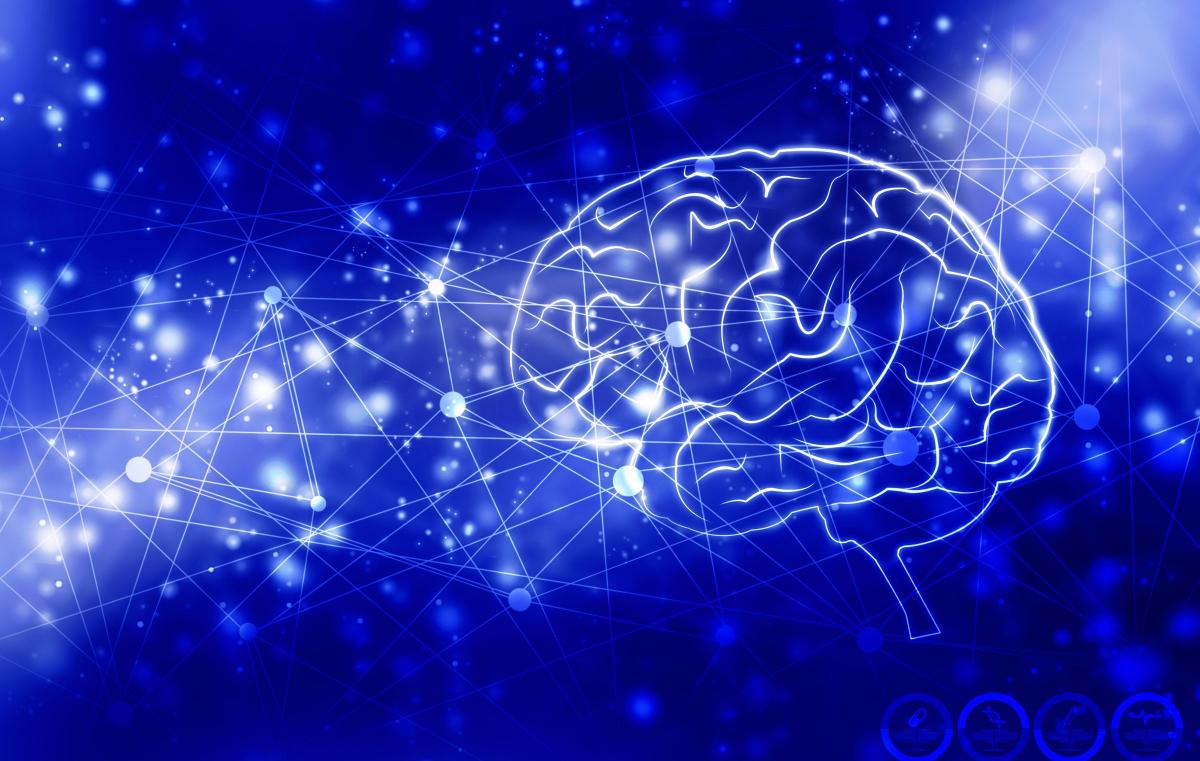"An Extraordinary Achievement"
Neuro-music study among 100 top downloaded papers

What role can music play in enhancing group cohesion and influencing performance? In May 2020 Bar-Ilan University researchers reported that while members of a group drum together, aspects of their heart function – specifically the time interval between individual beats (IBI) – actually synchronized!
This physiological synchronization was recorded during a novel musical drumming task that was especially developed for the study in a collaboration between social-neuroscientists and scholars from the Department of Music. The findings were published in the journal Scientific Reports.
The article, Physiological and Behavioral Synchrony Predict Group Cohesion and Performance, was downloaded more than 4,100 times, placing it as one of the journal's top 100 downloaded neuroscience papers in 2020. "Scientific Reports published more than 1,750 neuroscience papers in 2020, and so a position in the top 100 most downloaded articles is an extraordinary achievement - your science is of real value to the research community," wrote the prestigious journal's Chief Editor in a letter to Dr. Ilanit Gordon, head of the Social Neuroscience Lab at Bar-Ilan's Department of Psychology and a senior researcher at the University's Gonda (Goldschmied) Multidisciplinary Brain Research Center. Gordon led the study together with Prof. Avi Gilboa and Dr. Shai Cohen, of the Department of Music.
The drumming involved 51 three-participant groups in which IBI data were continuously collected. Participants were asked to match their drumming -- on individual drumming pads within an electronic drum set shared by the group -- to a tempo that was presented to the group through speakers. For half of the groups, the tempo was steady and predictable, and thus, the resulting drumming and its output were intended to be synchronous. For the other half, the tempo changed constantly and was practically impossible to follow, so that the resulting drumming and musical output would be asynchronous. The task enabled the researchers to manipulate the level of behavioral synchronization in drumming between group members and assess the dynamics of changes in IBI for each participant throughout the experiment.
Following this structured drumming task, participants were asked to improvise drumming freely together. The groups with high physiological synchrony in the structured task showed more coordination in drumming in the free improvisation session.
Analysis of the data demonstrated that the drumming task elicited an emergence of physiological synchronization in groups beyond what could be expected randomly. Further, behavioral synchronization and enhanced physiological synchronization while drumming each uniquely predicts a heightened experience of group cohesion. Finally, the researchers showed that higher physiological synchrony also predicts enhanced group performance later on in a different group task.
The study was supported by a grant from the Israel Science Foundation.